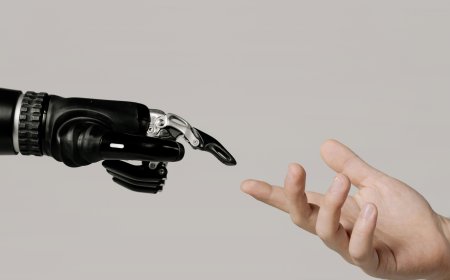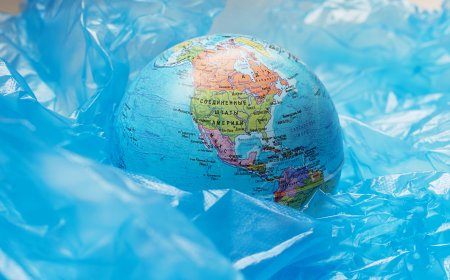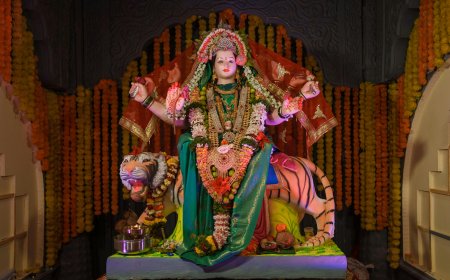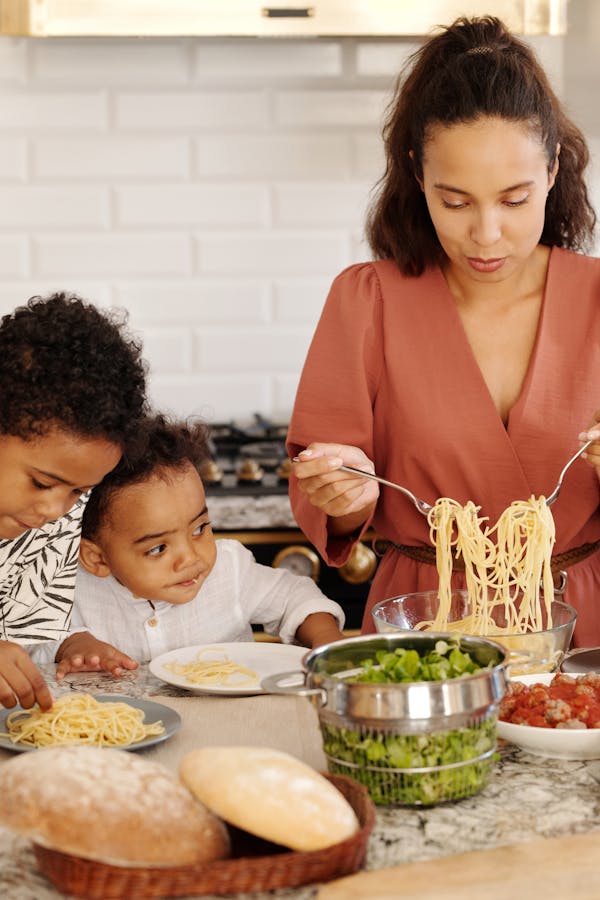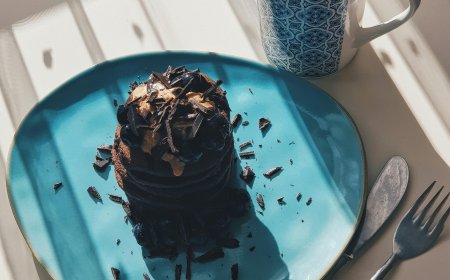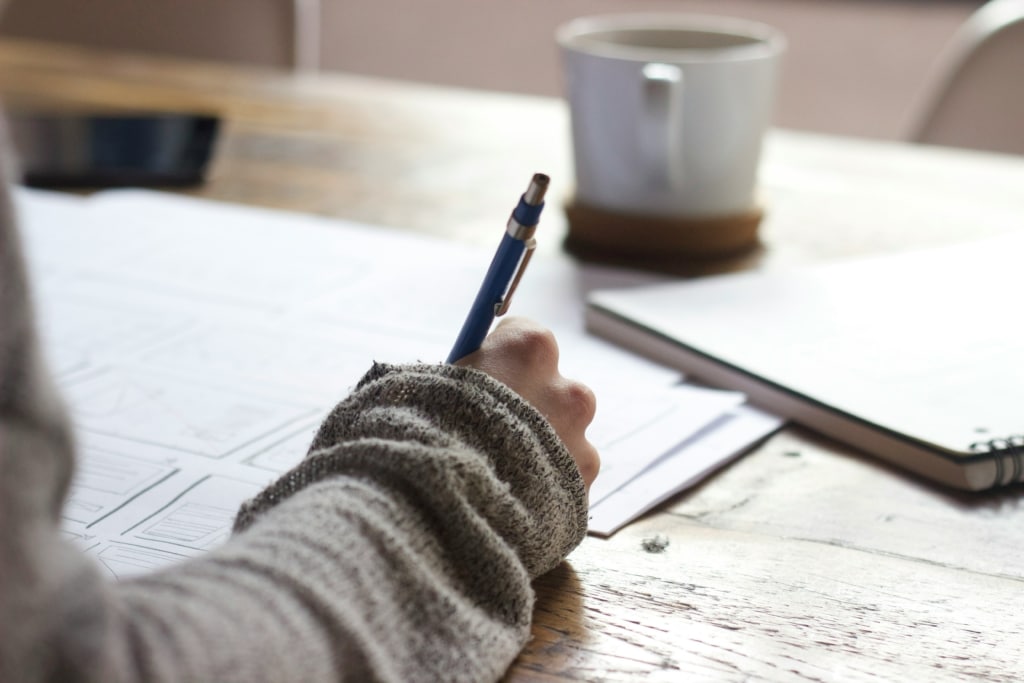Does eating rajma and chole make you feel gassy?
Rajma (beans) and chole (chickpeas) rice are two of the staple foods that people love eating mostly in northern India. The weekend comes, and the first thing mom is doing is boil either of the two for everybody to enjoy. While we love eating them, they don’t always sit well with our digestive systems. Not … Continue reading "Does eating rajma and chole make you feel gassy? Here’s why"

While rajma (kidney beans) and chole (chickpeas) offer so many health benefits, people feel gassy after eating them? Know why does that happen and whether or not you should refrain from having them.
Rajma (beans) and chole (chickpeas) rice are two of the staple foods that people love eating mostly in northern India. The weekend comes, and the first thing mom is doing is boil either of the two for everybody to enjoy. While we love eating them, they don’t always sit well with our digestive systems. Not always, but you must have had a bad stomach ache or felt nauseated after eating a bowl of chole or rajma at some point in your life. If you have been wondering why eating rajma and chole makes you gassy? Let’s find out.
Health Shots asked Sweedal Trinidade, Head of Department – Dietary Services, P.D.Hinduja Hospital and MRC, Mahim, Mumbai, about the side effects of eating chole and rajma on your digestive health.
Why does eating rajma and chole make you gassy?
If you are a vegetarian, you would know how important it is to include protein-rich foods such as rajma and chole in your diet. Not just that, they are also a rich source of dietary fibre, vitamin B 9, folic acid, and calcium. While the major source of energy in chickpeas and beans is complex carbohydrates and the glycemic index is just 29, the processing, recipe and portion size contribute to the glycemic load, says Trinidade.
Yes, both of these are loaded with nutritional benefits, but they also contain substances that are not good for you. They also contain anti-nutritional factors like saponins, haemagglutinin, lectins, phytates, oxalate, protease and amylase inhibitors so as to protect the plant from insect infestation. Minor processing can take care of these and bloatmake it easy for digestion.
Rajma and chole take longer to digest as well due to certain nutrients like fibre, complex carbohydrates, resistant starch and proteins, which take relatively longer to digest. As per the data from Harvard University, fiber is a type of carbohydrate that your body can’t digest easily. While most carbohydrates can be converted into the sugar molecules known as glucose, fiber cannot and instead travels through the body undigested. Fiber absorbs more amount of water, therefore needs to be supplemented with a high amount of water to prevent bloating, adds Trinidade.
Another reason why eating rajma and chole might lead to gas is the presence of two starches stachyose and raffinose in it. These unusual starches in the intestines cause gas as the bacteria in the lining of our stomach break this starch into hydrogen and carbon dioxide, which can lead to bloating.
How can you avoid it?
While they might make you feel gassy, should you completely avoid it? The expert says you don’t have to give up relishing these delicious recipes just because they can make you feel bloated. Instead, you can try ways to make it easier for you to digest.
She suggests soaking the beans for 4-6 hours and discarding the frothy water. Now, change the water if the froth persists. You can also add hing (asafoetida), ajwain (carrom seeds), and sauf (fennel seeds) when you prepare rajma and chole recipes. Add them in small amounts as they will help aid digestion.
Note: You can make them more digestible by trying these tips. However, check with your doctor to know if you can have them.
What's Your Reaction?







